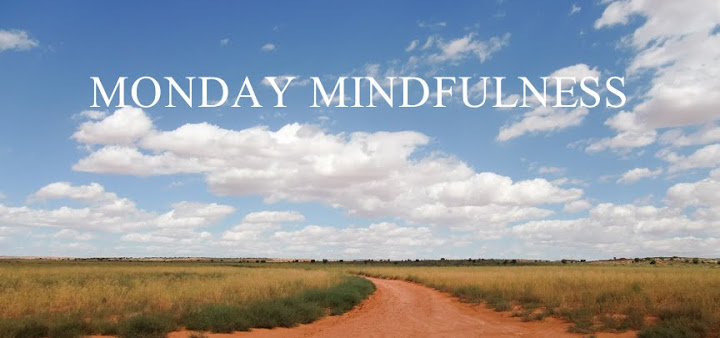Just a few weeks ago some dear friends had their first baby,
five days later my father died, and the next day my husband unexpectedly
retired from a full career of hard work. There it was; a tiny bundle of
enormous love and joy, a puddle of gratitude and sadness, and the dismay and
excitement of what’s to come. Even though I thought I understood that
everything changes every moment of the day, that life is one continual accommodation,
I still felt disoriented.
One of my mentors, Sylvia Boorstein, has a simple, yet
poignant way of addressing the struggling mind. When difficulty arises, she
says, “It’s not what I wanted, but it’s what I got.” When we have the
spaciousness of mind to see clearly without a bunch of added stories, opinions
and judgments, we’re more able to respond wisely and appropriately, get a
better outcome, and be at ease. It’s lemons to lemonade. Equanimity is the
capacity to make room for it all, to say “this, too.”
Equanimity is also inherently linked to karma. Karma is
properly translated as “action.” Understanding that all actions have
consequences, and the only things we can ever truly control are our own actions,
we may as well let go of trying to fix or change anyone else, and direct our
efforts toward our own wholesome and skillful actions. When we do this, we
naturally become less attached to outcomes because we know that when our
actions are rooted in insight and grounded in the ethics of non-harming, the outcomes
will naturally lead towards the long-term welfare and happiness of ourselves
and others.
Here is a practice I learned from James Baraz, author of Awakening Joy. The purpose of it is to
help us accept the way things are and understand that no matter how much we
love someone, no matter how much we want to protect them, no matter how much we
might think we know what is best, we cannot prevent them from suffering, no
matter what. This goes for ourselves, too.
From a relaxed place, bring to mind an image of someone you
love and silently say:
“You are the owner
of your karma. Your happiness and unhappiness are dependent upon your actions,
not on my wishes for you.”
Think about it, let it sink in and say it
again.
As you work with this practice, you’ll see how true it is.
Sometimes it’s quite astonishing to really get it, to deeply understand that
our happiness and unhappiness really are dependent on our own actions, our own
responses, our own belief systems, and not on anything outside of ourselves. As
this sinks in and takes root, our equanimity grows and becomes an accessible,
integrated and natural way of being.
For more on equanimity, see the July 8th post on
this blog, “Equanimity, the 7th Factor of Awakening.”
